EcuadorianHands promotes research and conservation of the tropical dry forest, home to the Palo Santo tree. Learn how...
Search in blog
Blog categories
- How To? (21)
- Life and health (46) click
- Environment (50) click
- Fashion (53) click
Latest posts

EcuadorianHands is a company that works in a sustainable and responsible way with the environment. We have been...

Dry forest, one of the most threatened ecosystems due to the ease of change associated with human activities. This...

Of the five carbon compartments that can be measured in a forest (live aerial biomass, underground biomass, debris or...

From 2015 to the present date, we have planted more than 10,000 palosanto trees, conducting scientific studies in...
Popular posts

.png)
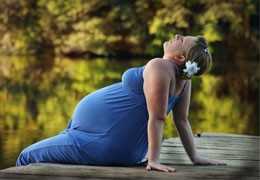


Photo gallery
-

Is Palo Santo really endangered?
-
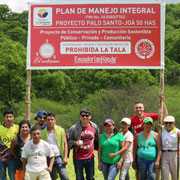
Is Palo Santo really endangered?
-

Is Palo Santo really endangered?
-

Investigations concerning the PaloSanto tree.
-

Nursery
-

It's reforestation time! Palo santo

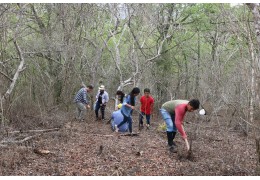



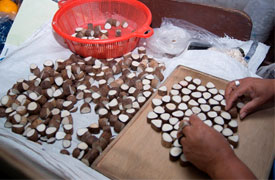






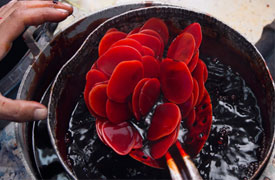







![FEDORA Panama Hat [FREE SHIPPING] | EcuadorianHands](https://ecuadorianhands.com/16027-home_default/fedora-montecristi-panama-hat.jpg)





Leave a comment
Comments
Me gustaria adquirirlas
By: Irene On 02/08/2025Conosco la tagua y me encanta
Compra de tagua para hacer abalorios.
By: Carmen Vega On 07/26/2024Hola. Me gustaría saber si venden las taguas trabajadas para hacer abalorios.
Compra de tagua para hacer abalorios.
By: Carmen Vega On 07/26/2024Hola. Me gustaría saber si venden las taguas trabajadas para hacer abalorios.
Comprar para hacer bisutería de tagua
By: Pierina Pulley On 01/20/2023A donde se puede uno comunicar vivo en salinas en que parte de la costa uno puede ver las piedras de tagua
Replied by: Fabrizio Vera On 02/13/2023
Información de precios y catàlogo.
By: Xavier Grijalva On 07/26/2020Buenas tardes por favor me pueden enviar catálogo de productos y precios a mi correo.
Replied by: Remote Support On 08/17/2020
Cuentas de tagua
By: Rick Reyes On 06/22/2020Estimado Srs.
Queria saber si están aceptando pedidos de monento.
Gracias
Replied by: Remote Support On 07/06/2020